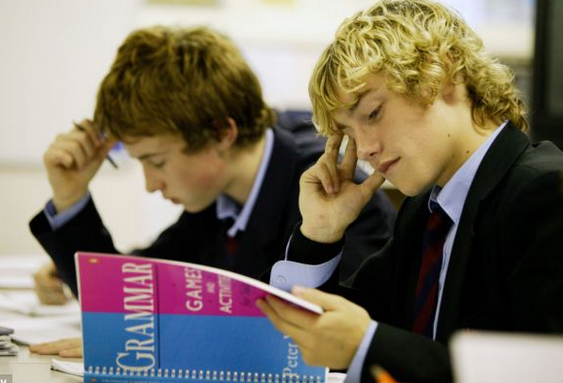Tag: define upskill

Learn: 10 Extraordinary Means for Learning to Learn
Herbert Gerjuoy once said: Tomorrow’s illiterate will not be the man who can’t read: he will be the man who has not learned how to learn. What is your choice for the top learning issues of the day? Learning to learn is our choice. Taught in schools? We have not found many that teach it. We…